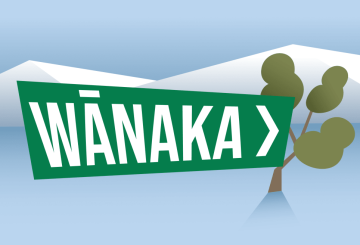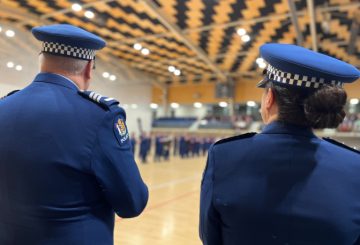Hội đồng quận Viễn Bắc ở New Zealand đã bỏ phiếu trì hoãn việc bổ sung fluoride vào nguồn cung cấp nước của một số thị trấn trong hai năm. Quyết định này được đưa ra sau khi Tổng giám đốc Y tế, Sir Ashley Bloomfield, chỉ thị cho 14 hội đồng phải fluorida nguồn cung cấp nước công cộng của họ vào năm 2022. Hội đồng quận Viễn Bắc dự kiến sẽ bắt đầu bổ sung fluoride vào nước ở Kaitāia và Kerikeri vào ngày 30 tháng 6 năm nay.
Tuy nhiên, trong một cuộc họp hội đồng, ủy viên hội đồng Hilda Halkyard-Harawira đã đề xuất gia hạn thời hạn đến tháng 6 năm 2026. Bà lập luận rằng chi phí fluor hóa là quá cao đối với vùng Viễn Bắc, nơi nhiều người nghèo và vô gia cư. Bà gợi ý rằng số tiền sẽ được sử dụng tốt hơn để cải thiện chất lượng nước uống hoặc các dịch vụ nha khoa. Đề nghị được ủng hộ bởi 9 phiếu chống một.
Deb Rock-Evans, một thành viên của nhóm Northland Watch, cũng kêu gọi hội đồng trì hoãn quá trình fluor hóa. Bà cảnh báo rằng hội đồng có thể phải đối mặt với những rủi ro pháp lý do phán quyết của Tòa án Tối cao vào năm 2021, trong đó cho thấy tổng giám đốc y tế đã không xem xét Tuyên ngôn Nhân quyền khi ra lệnh fluor hóa.
Sau cuộc họp, nhà vận động chống fluoride Michael Feyen mô tả cuộc bỏ phiếu là “một khởi đầu tốt”. Ông ca ngợi hội đồng vì đã tham gia các hội đồng khác trên khắp đất nước, những người đang đặt câu hỏi về lệnh fluor hóa của chính phủ.
Nếu hội đồng không cung cấp fluor nguồn cung cấp nước của mình và không được gia hạn, nó có thể phải đối mặt với mức phạt lên đến 200.000 đô la, cộng với 10.000 đô la một ngày vì không tuân thủ liên tục. Chi phí thiết lập thiết bị fluor hóa dự kiến sẽ là 4,6 triệu đô la, với thêm 100.000 đô la mỗi năm chi phí vận hành.
Năm 2021, một đạo luật mới đã chuyển trách nhiệm đối với các quyết định về fluor hóa từ các hội đồng địa phương sang Bộ Y tế. Sir Ashley Bloomfield đã nói rằng fluor hóa là một cách an toàn, giá cả phải chăng và hiệu quả để ngăn ngừa sâu răng. Ông nói thêm rằng nước fluoride an toàn để uống cho tất cả mọi người, kể cả trẻ sơ sinh và người già.




























































